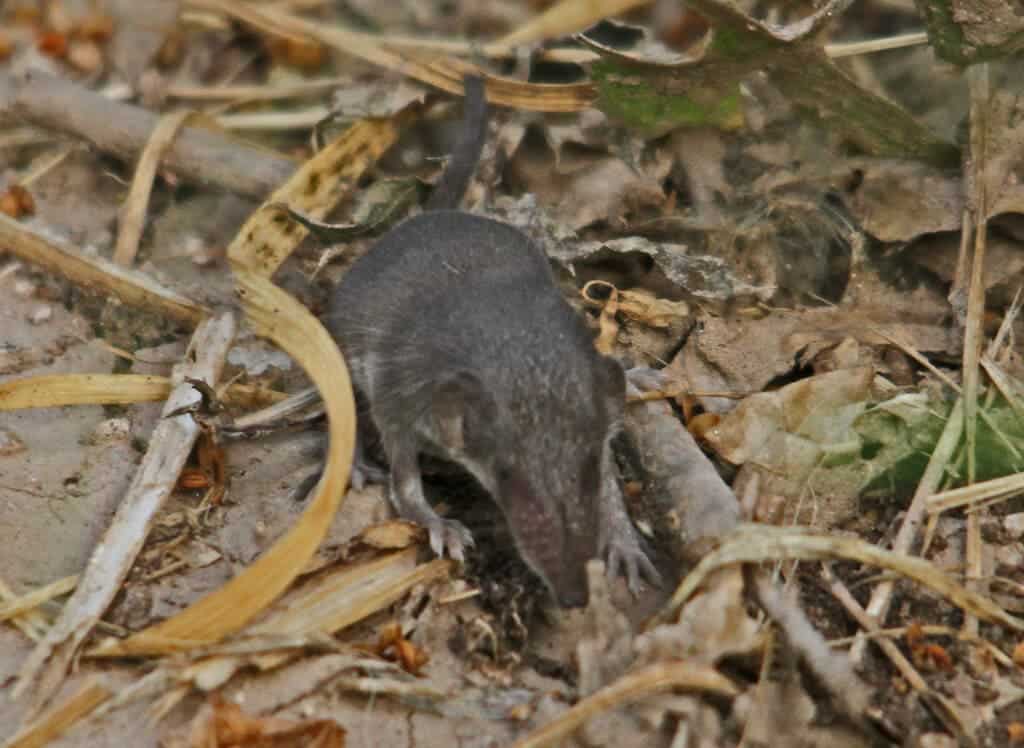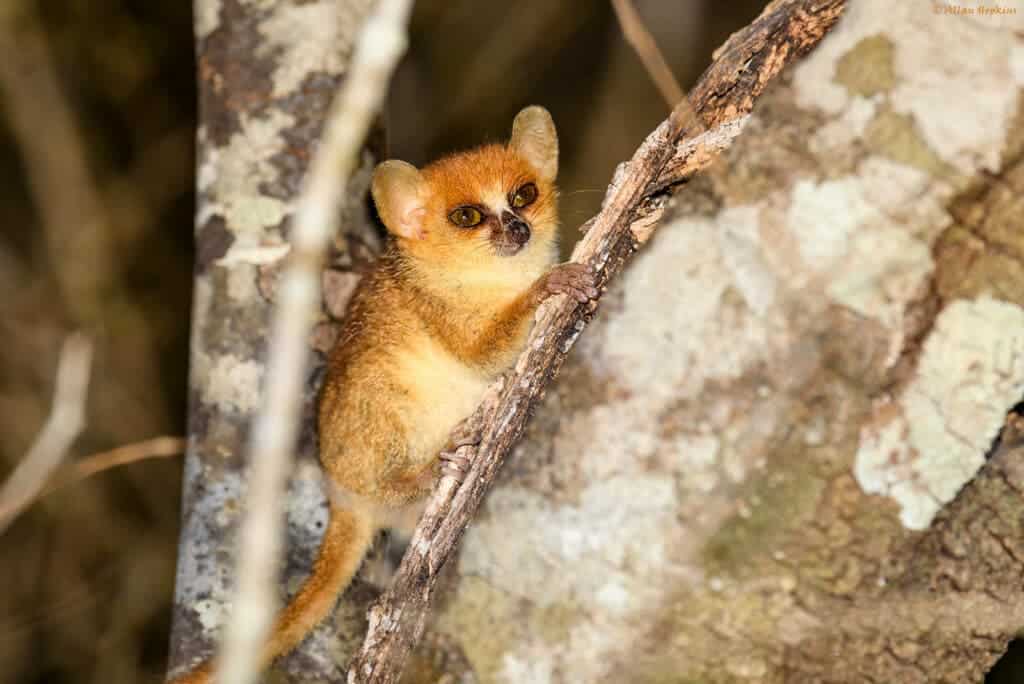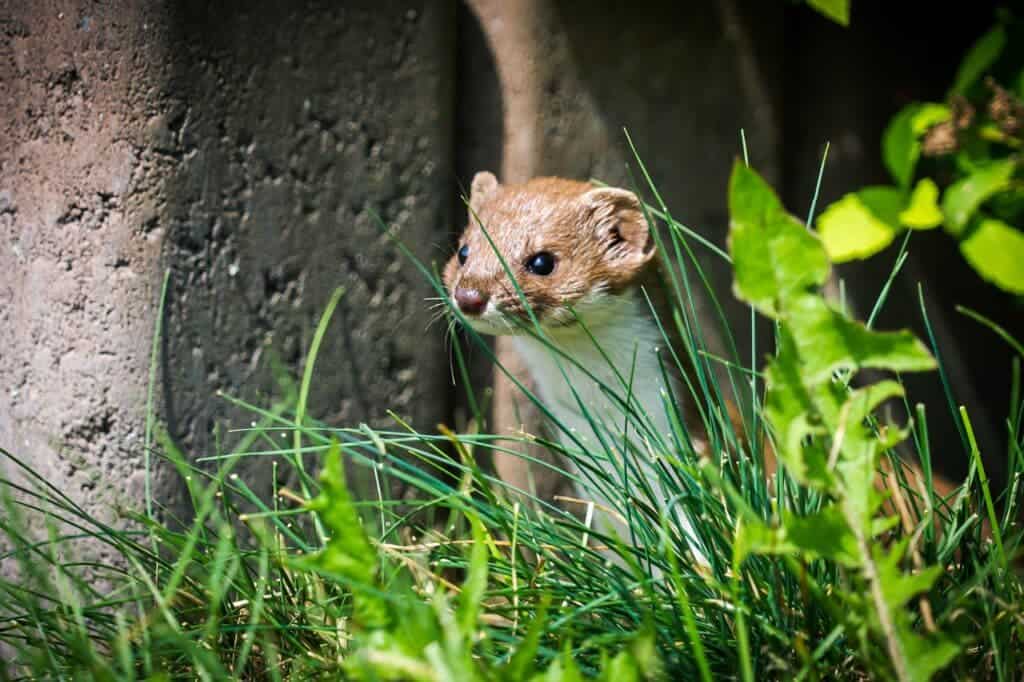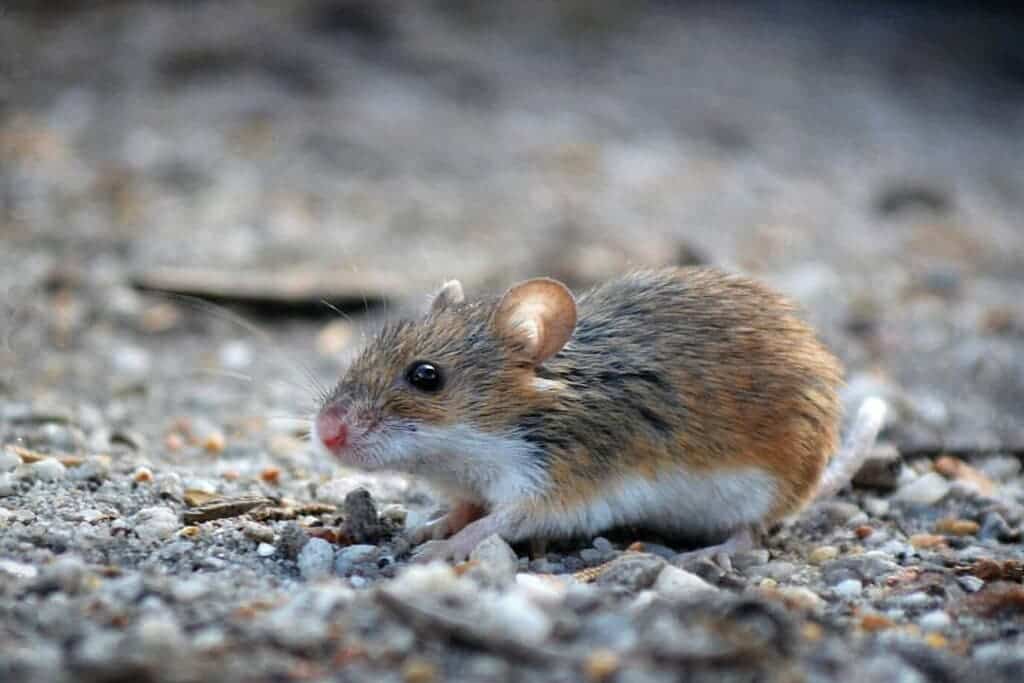Mammals come in all shapes and sizes, from breathtakingly huge to really tiny. We usually think that bigger is better, but while it does have many advantages, being small can also work out. It means you can squeeze into all sorts of places to hide and escape from predators and hibernate. You also end up needing much less food to survive.
The bumblebee bat, Craseonycteris thonglongyai, is considered the world’s smallest bat and the smallest mammal in the world based on skull size. It weighs less than a penny and has a length of about two centimeters. The name comes from the fact that it’s usually confused for a bumblebee buzzing by your ear in the night – all because of its small size.
However, there are plenty more small mammals worth naming. The world is filled with them, and they’re more than just adorable: they’re excellently adapted to diverse ecosystems. Here’s a list with some of our favorite small mammas — get ready to be surprised by amazing facts and figures regarding their way of living, favorite foods, specific locations, and challenges from other predators and human activities.
The Etruscan shrew

The Etruscan shrew (Suncus etruscus), also known as the Etruscan pygmy shrew or the white-toothed pygmy shrew, is usually considered the smallest known existing mammal by mass – weighing only about 1.8 grams on average and with a body length of four centimeters. Despite its size, it has a huge appetite, eating about twice its body weight every day. Talk about calorie consumption!
The shrew feeds on various small invertebrates and vertebrates, mainly insects, and can hunt individuals of the same size as itself. It prefers warm and damp climates, living in the belt between 10° and 30°N latitude stretching from Europe and North Africa up to Malaysia. While widespread, they are generally uncommon and are endangered in some countries.
Pygmy jerboa
Pygmy jerboas are considered the smallest rodents in the world. Their bodies start at four centimeters and they have tails up to seven centimeters long. Despite their size, they can jump very large distances thanks to their kangaroo-like legs. This helps them move fast over the arid deserts where they mainly live.
They are native to Pakistan and Afghanistan and their habitat includes rolling sand dunes, barren flat gravel, and sandy deserts. They are nocturnal herbivores, feeding on seeds and leaves from the desert. They have highly sensitive hearing, which allows them to detect predators, and mainly live in burrows excavated under small bushes.
Bumblebee bat
We mentioned the Kitti’s hog-nosed bat (also called the bumblebee bat) at the start of the article. At just a few grams, this tiny creatue truly is a wonder of nature.
It can only be found in some selected limestone caves in south-west Thailand. Surveys from 1997 to 2008 counted around 10,000 bats in 44 caves. The single species represents an entire family of bats, which split from the rest about 33 million years ago. It’s just one of around 440 bat species found in Asia — a continent that has more than one-third of the world’s 1,200 bat species.
Mouse lemurs

The adorable mouse lemurs (Microcebus) are considered one of the world’s smallest primates, measuring up to 27 centimeters in length including their tails. There are more than 20 species of mouse lemurs, and several have been identified only in recent years. The smallest species is the Madame Berthe’s mouse lemur, which measures only nine centimeters in length (3.5 inches).
They are forest dwellers that live in female-dominated groups of up to 15 animals. They spend most of their time in trees and can move from branch to branch and tree to tree. They sleep during the day and forage at night for insects, fruit, flowers, and other plants. They store fat in their tails and hind legs, burning it when forage is lean.
Least weasel

Least weasels are very small carnivores in the weasel family (Mustelidae). Males reach 17 centimeters, while females grow to 12 centimeters. Despite their size, they are the worst nightmare of small rodents, as they have a much bigger and ferocious personality than their size might suggest. They have long and slender bodies and short legs.
They are commonly found from Alaska and Canada through the upper Midwest, and portions of Appalachia. populations range from secure in Michigan and South Dakota to vulnerable in Minnesota and Iowa. They can be found in a wide variety of habitats, but prefer forests and woodlands with rocky slopes. They occupy and build nests of grass.
Pygmy possum
Pygmy possums are extremely cute but they’re more than just a pretty face. They range in length between five and seven centimeters and are commonly found in Australia, Papua New Guinea, and Indonesia. The family is divided into two groups, the genus Burramys, and the genus Cercartetu. Burramys only has one surviving species, the Mountain Pygmy Possum.
Pygmy possums are excellently adapted to their environment. They are tree-dwelling marsupials with large eyes, large ears, and long whiskers. Their soft, fur coat is fawn to grey on top and white underneath and, like many marsupials, their long tails swell with extra fat in times of plenty. They use their tails like fifth limbs to climb swiftly and can deftly leap between tall trees. Sky resorts and bush fires have affected parts of the habitats.
African pygmy mouse

Mice are generally known as small creatures, but the African pigmy mouse takes that to the extreme. It measures between two and seven centimeters and it’s considered the world’s smallest mouse. It’s so small that it stays hydrated by licking dew off tiny pebbles that it cleverly stacks in front of its burrow. Some people keep them as pets but they are very fragile.
Their geographical range extends from Central Africa all the way across to Eastern Africa and down to South Africa. They are social species and live in burrows or individual family units. These are constructed under piles of debris or fallen logs. They have a pale belly and their oats are typically red or blue.
Pygmy marmoset

Usually described as “pocket monkeys” as they can fit into your breast pocket, pigmy marmosets are considered the world’s smallest monkeys. They rarely have a length larger than 12 centimeters and, going about the Amazon rainforest in South America, using their sharp teeth and nails to gouge holes in trees and eat the sap, gums, and resins found inside.
These monkeys usually make their home in forests or bamboo thickets near or alongside rivers and floodplains. They prefer living in dense rainforests where there are lots of hiding places among the plants. Each marmoset group has a small home range of less than half an acre. They are orange-brown and their coloration gives them good camouflage.
Long-tailed planigale
The long-tailed planigale is the world’s smallest marsupials, with a length averaging five centimeters – including the tail. Their size and flattened head allow them to squeeze into crevices and cracks any other mammal would find impossible. This enables them to find food in unusual places and hide from predators. They hunt insects and even young mammals.
They belong to the family Dasyuridae, with three subspecies that can be found in northern parts of Australia. They inhabit grasslands, black soil plains, and wooded savannas and face many major threats such as habitat destruction (wildfires and overgrazing) and an increased number of predators. They are widely spread and numerous in the wild.
American shrew mole

Measuring about 10 centimeters including the tail, the American shrew mole is the smallest species of mole in the world. They are adorable underground dwellers that can be found in the U.S. Northwest and Canada’s British Columbia. They have small front paws than most other moles and travel in groups of 11 or more and spend more time above ground than other moles.
It’s the only living member of the genus Neurotrichus and the tribe Neurotrichini. They are active above ground, foraging in leaf litter for earthworms, insects, snails, and slugs, and can climb bushes to forage for food. They are called shrew mole instead of just shrew or mole because of its fur, a feature of most shrews, its large head and heavy dentition, a feature of moles.
So, there you have it — just some of the smallest mammals out there. Are they cute? Absolutely! But “cute” doesn’t cut it in the animal world. You need to be well-adapted to your environment, otherwise you just won’t make it. So the next time you see one such creature, don’t just think of it as adorable — cherish it as the magnificent creature it truly is.



